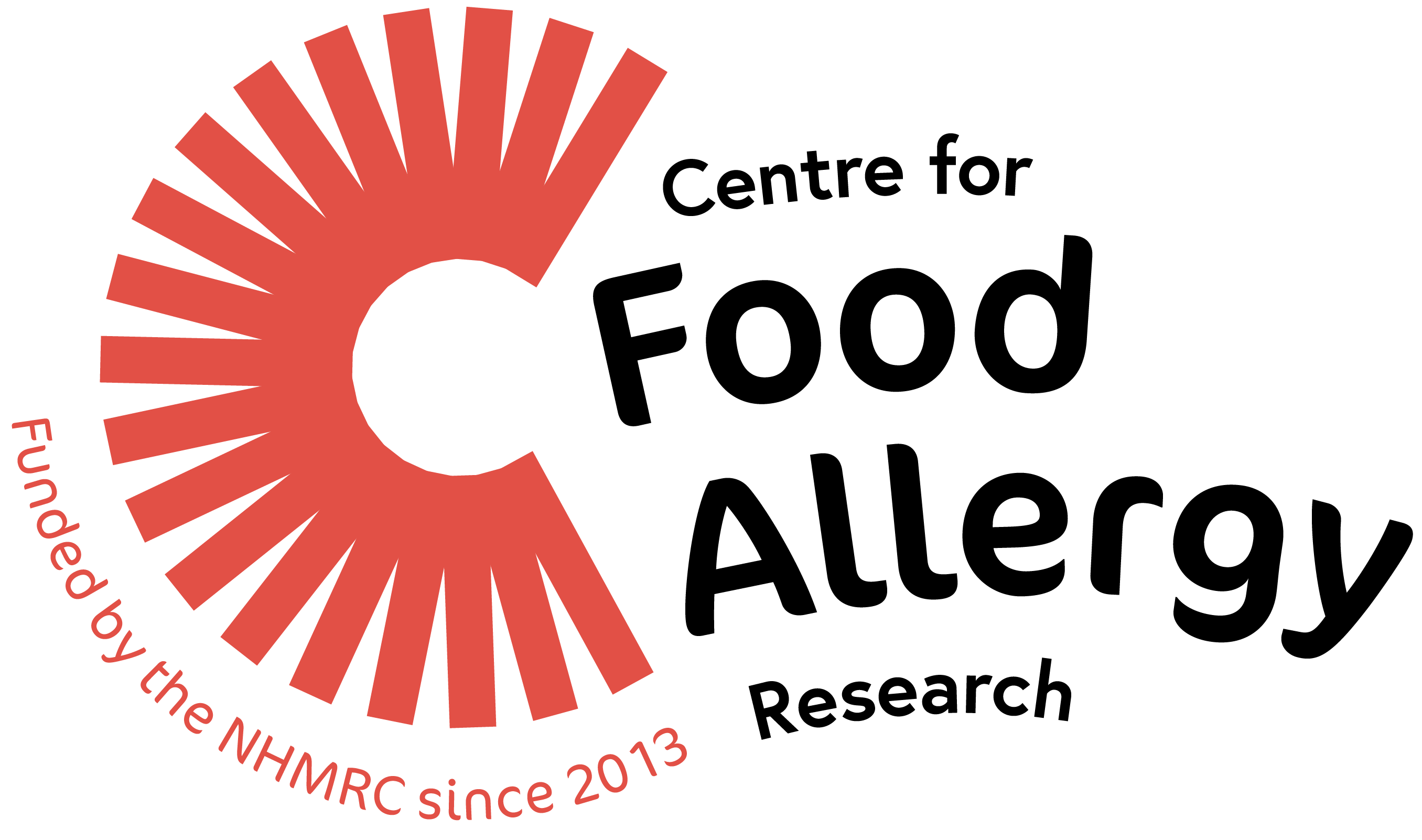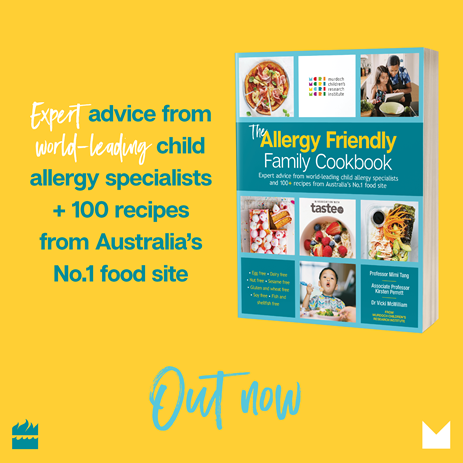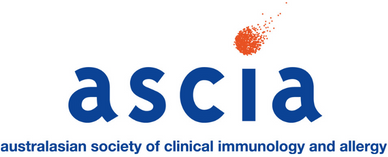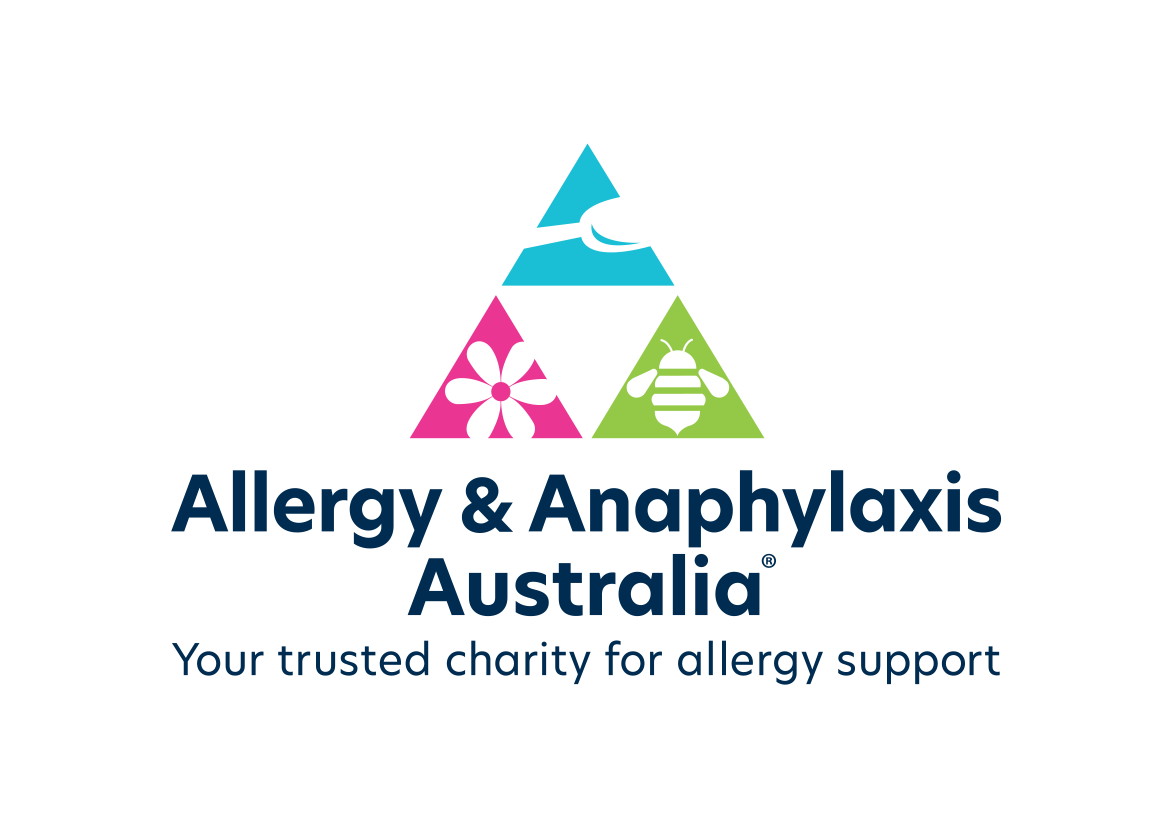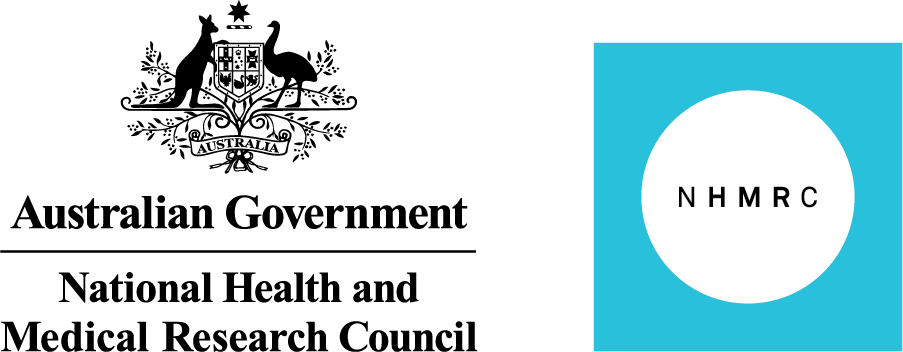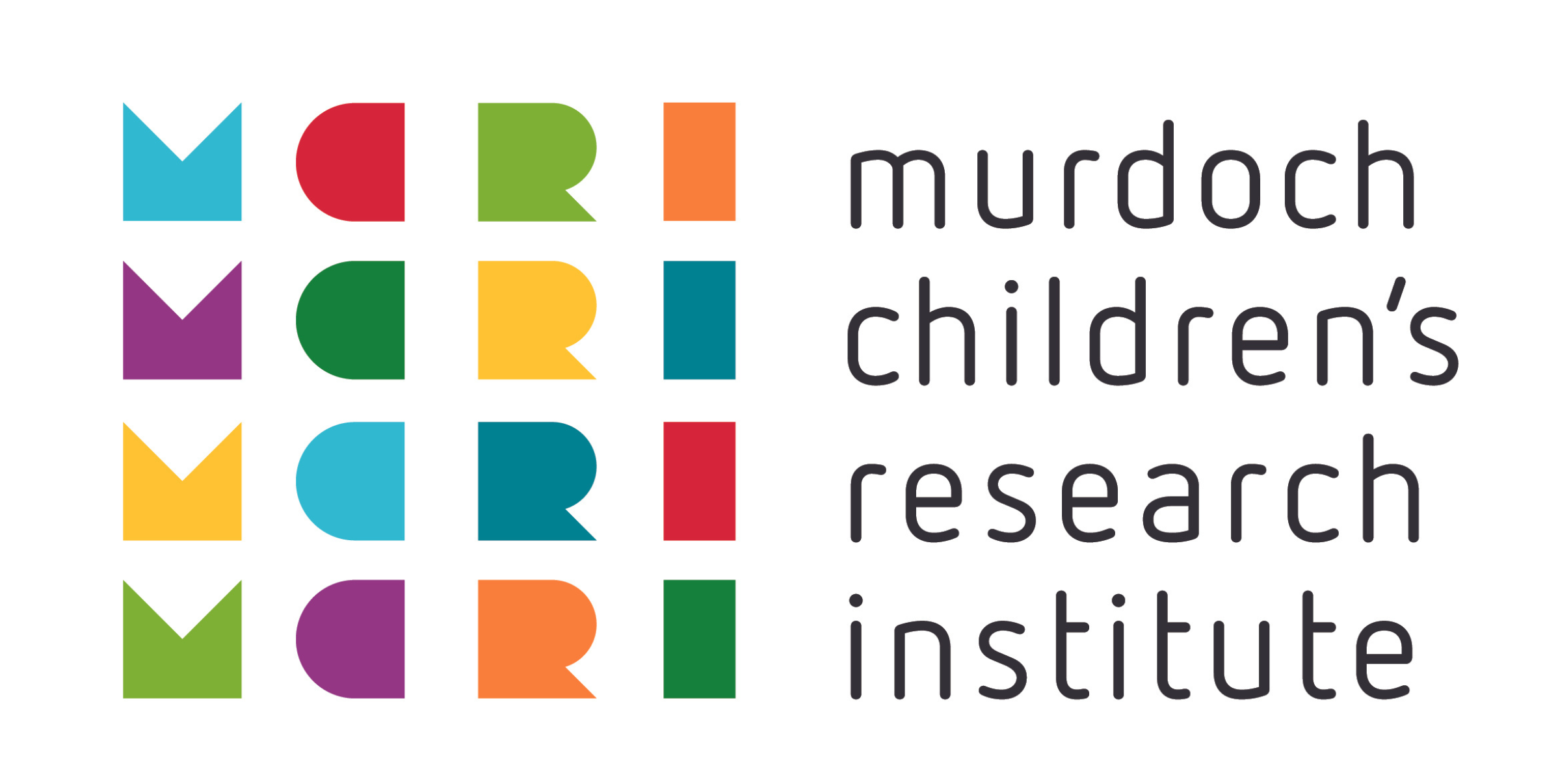About food allergy
Frequently asked questions about food allergy causes and consequences, plus treatment and prevention strategies.
Why are food allergies becoming more common in Australia?
Australia is the allergy capital of the world with more than five million people living with allergies. Australia also has the highest rates of childhood food allergy globally, with one child in every class room impacted.
Food allergy seems to be more common in Australia compared to many other countries around the world. It affects around: 10 per cent of 12-month-olds and five per cent of 10- to 14-year-old school students. Food allergy has become more common in the past 30 to 40 years, although we don’t have good studies from that time to measure this accurately. We do know that hospital admissions for food-related anaphylaxis (severe allergic reactions to food) in Australia increased substantially from the 1990s to the 2010s.
The exact cause of Australia’s rise in food allergy in recent years is unknown. However, researchers have identified several risk factors for food allergies, including infant diet and eczema. Introducing “allergenic” foods, particularly peanut, to infants before they turn one reduces the risk that they will develop an allergy to that food.
Infants with eczema have a higher chance of developing a food allergy. Introducing allergenic foods early can help to reduce this risk. Other environmental factors and factors related to our modern lifestyle may also contribute to higher rates of food allergy. Research is underway to investigate the role that these play in food allergy in Australia. These include:
- Hygiene practices and reduced microbial exposure
- Low vitamin D levels due to decreased sun exposure and lack of routine vitamin D supplementation of foods
- Lack of exposure to pets and other domestic animals (having a pet dog in early life is associated with a reduced risk of food allergy).
What are the most common food allergens?
The five most common food allergens are: egg, peanut, tree nuts, cow’s milk and sesame but any food can cause an allergic reaction.
- Egg: Almost 10 per cent of babies have an allergy to egg. Most children grow out of this allergy by the time they are four years old, and many more will outgrow their egg allergy by the time they are a teen.
- Peanut: Peanut allergy is the most common nut allergy in children and babies, with almost three per cent having a peanut allergy at the age of 12 months.
- Tree nuts: Allergies can occur to tree nuts such as almonds, Brazil nuts, cashews, hazelnuts and macadamia nuts, pecans, pine nuts, pistachios and walnuts, as well as seeds such as sesame. Most children who are allergic to nuts and seeds will have that allergy for life.
- Cow’s milk: An allergy to cow’s milk affects 1.4 per cent of 12-month old’s. Most children will grow out of this allergy, but studies suggest it may take longer to outgrow it, and many children can remain allergic to milk into their teens.
Is there a cure for food allergy?
Currently there is no cure for food allergy. There is no routinely available treatment for food allergy and management relies on strict avoidance of allergens.
What research is underway?
Australian food allergy researchers are leading the way investigating new ways to prevent and treat food allergies. One day, we hope every student can go to school allergy-free. Trials are testing different ways to build tolerance to allergens and retrain the immune system, including wearing food allergen patches, food oral immunotherapy or immunotherapy delivered monthly by injections. Other studies are testing strategies such as vitamin supplements or whether preventing eczema will help to reduce food allergies.
What can families do to prevent food allergy?
We now have good evidence that introducing common allergenic foods into the infant’s diet in the first year of life, such as smooth peanut butter or well-cooked egg, decreases the risk of infants developing allergy to these foods. Families can subscribe to our mailing list for information about allergy studies currently recruiting and underway across Australia. Sign up
The Allergy Friendly Cookbook out now
For millions of families living with food allergies, mealtimes can often be a challenging experience.
Murdoch Children’s Research Institute is helping families take back control in the kitchen with the launch of The Allergy Friendly Family Cookbook in association with TASTE.com.au.
Developed with world-leading allergy researchers and CFAR investigators – Professor Kirsten Perrett, Professor Mimi Tang and Dr Vicki McWilliam – it features more than 100 allergy friendly recipes and evidence-based advice for families.
Want to take part in food allergy research?
Visit the Allergy Studies Directory and receive email alerts when new studies are listed.
Become a CFAR member
Are you part of the Australian and New Zealand food allergy research community?

